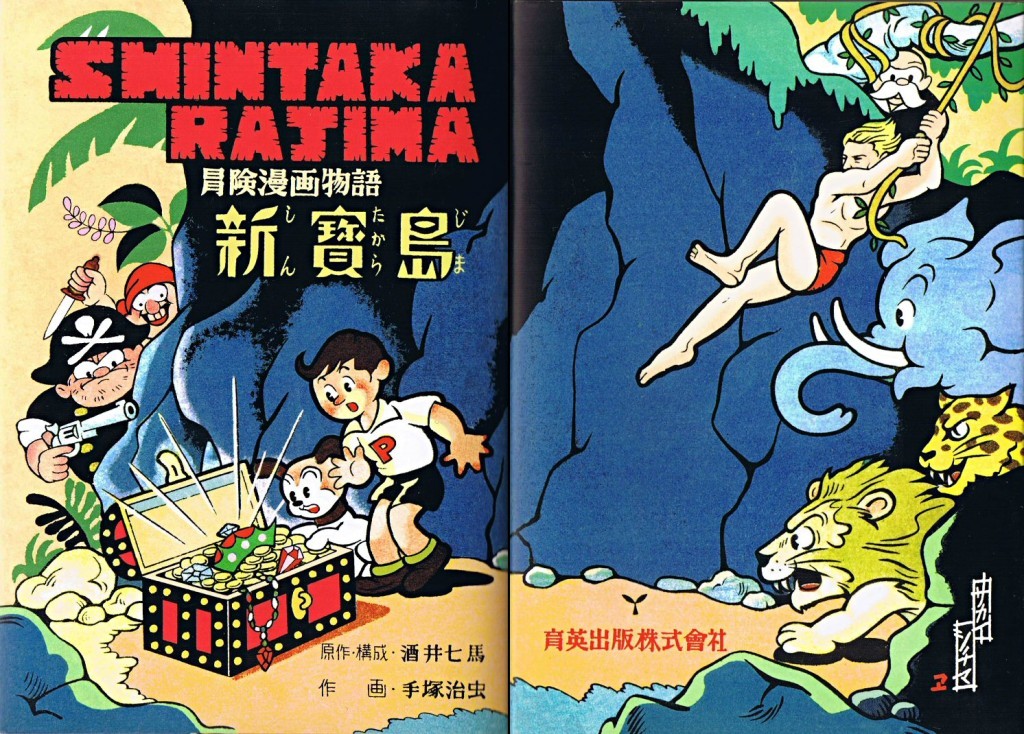Manga traditionally follows a specific style that is used in Japan. In Manga you read not only the text on the pages from right to left but you also read the pamphlet from right to left. Americans have tried to adopt the Manga style and alter it to the more traditional American way of reading, left to right, however many of the Manga artists have been opposed to this. Japanese Manga is very different that Americanized comics. Japanese Manga is often much smaller and is in smaller books, or Manga magazines that have many different stories within it.

One of the main things that makes Manga distinct from other comic books is the style of characters within it. Manga characters have small mouths, large eyes, and the characters usually have a very abnormal hair color. Another characteristic of Manga is an exageration of emotion from the characters. They usually have very evident emotions based on the face, and even the clothes of the character can express emotion.

There are a few main types of Manga, Boy's, Girl's, Men's, Women's, and children's. The different types can help differentiate the age groups of the kids. The type of Manga it is can often show if someone will like that Manga just based on the type it is. the Boy's Manga is mostly filled with action and humor. Girl's mostly consists of love and romance. The Men's is filled with adult themes, violence and sexually explicit content. This Manga type is also refered to as Hentai, which is a very erotic Manga and is considered pornographic by many people.
Manga has grown and changed in many ways since the very first type of Manga which were the animal scrolls. Because there are many different types of Manga, it is easy to find a Manga you would like based on your taste. the wide variety of Manga books and stories have made it so popular and has allowed it to evolve and become modern day Anime and some comic books. Manga has definitely had a big influence on art today and is adored by many people all over the world including the place it originated, Japan.
Website used:
http://comicbooks.about.com/od/manga/ss/manga101.htm





